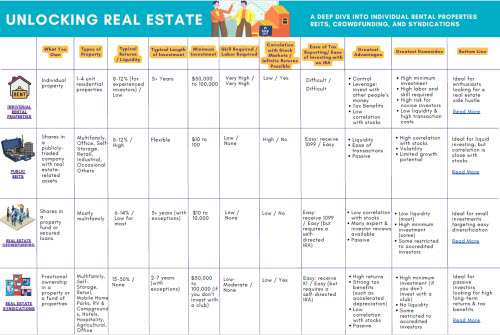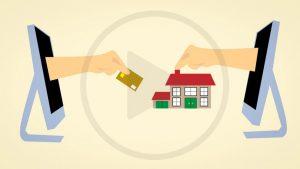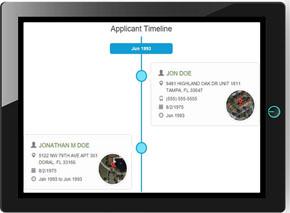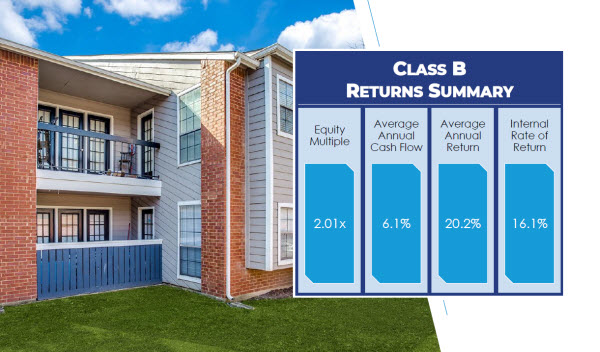
When you’ve got extra money in your budget for financial goals, should you allocate it toward aggressive debt payoff or invest it? Financial experts love to point to math that shows investing is usually the best place for your money, but that decision proves complicated.
In most cases, you should eliminate high-interest debts like high-interest credit cards before allocating funds toward investments. With interest rates routinely in the 16-25% range, credit card debt quickly spirals out of control.
A popular debt-payoff tactic called the debt snowball method could help you do that quickly — so you can get on with investing and building wealth.
Here’s what you need to know about the debt snowball method and its sister, the debt avalanche method, as you work toward your financial goals.
What Is the Debt Snowball Method?
The debt snowball method, coined by financial guru Dave Ramsey, is a method of debt repayment where you aggressively pay off your lowest-balance debts off first. As you eliminate one account with this method, it frees up more money to put toward the next highest debt.
So you roll all additional monthly savings into paying off your next lowest-balance debt. When you eliminate that one, you then tackle the next highest debt. With each debt you pay off, you have more money to put toward paying down the next one, until you’ve paid off all high-interest debts.
For example, say you have three consumer debt accounts:
- A Mastercard with a $3,500 balance and $35 minimum monthly payment.
- A Discover Card with a $2,000 balance and a $20 minimum monthly payment.
- A personal loan with an $8,000 balance and a $300 monthly payment.
Say you have $500 total in your budget each month to dedicate to debt repayment. That leaves you with $145 each month to allocate to debt payoff that goes above and beyond the minimum required to avoid late-payment penalties.
Using the debt snowball method, you’d allocate that extra $145 toward the Discover Card until you eliminate the balance.
When the Discover Card balance is gone, you’d allocate the $165 you were paying into the Mastercard balance until it’s gone.
When the Mastercard balance is gone, you’d allocate the $200 you were paying into the personal loan until it’s gone.
The debt snowball technique targets credit cards and other consumer debts, though you can eventually use it to repay any types of debt. From student loans to auto loans to rental property loans, you can use it to build momentum and become completely debt-free if you like.
See how your repayment snowballs as you tick debts off your list?
Why Does the Debt Snowball Method Work?
The debt snowball method proves effective for two reasons:
- It encourages you to prioritize debt payoff and allocate extra money in your budget toward debt instead of spending more.
- Eliminating smaller debts first gives you a much-needed early win in paying off a debt. That tangible progress helps keep you motivated to keep paying off debts.
Repaying debt this way might not be the most financially prudent. It could actually cause you to spend more money repaying your debt than you’d have to, depending on the interest rate on each account (more on that momentarily).
However, the debt snowball method remains popular because of its ability to simplify debt repayment. Most people need those early, motivating successes to stay the course on their debt payoff journey.
Debt Snowball vs. Debt Avalanche
In response to the popularity and imperfection of the debt snowball method, some experts instead recommend the debt avalanche method.
Similar to the debt snowball method, you focus on debt at a time, then roll the savings into the next debt. Instead of starting with your lowest-balance debt, however, the debt avalanche method starts with your highest-interest debt.
Every month you carry a balance, debt grows with interest. The higher the interest rate on an account, the more quickly that balance stands to grow.
The more quickly you pay a balance off, the less money you’ll pay in interest.
 Revisiting the above example, say your:
Revisiting the above example, say your:
- Mastercard has an 19% interest rate.
- Discover Card has a 16% interest rate.
- Personal loan has a 7.5% interest rate.
With the debt avalanche method, you’d put your extra budget toward the Mastercard first, then the Discover Card, then the personal loan.
The math usually works out in favor of the debt avalanche method — over time, your debts cost less when you eliminate high interest rates first.
But debt payoff is tough to commit to. Study after study has shown the psychological benefit of closing debt accounts keeps people motivated to continue prioritizing debt payoff, reports Forbes.
It’s why many borrowers see more success with the debt snowball method, even if it costs them more in the long run.
What Is the Snowflaking Method?
The debt snowflake method encourages you to allocate so-called “found money” toward debt repayment, which can then follow either the debt snowball or debt avalanche method.
The debt snowball and avalanche methods alone both assume you allocate a set amount of money in your monthly budget for debt repayment — for example, 10% or 20% of your monthly income.
Snowflaking, on the other hand, means allocating money you haven’t accounted for toward debt. This could be small savings or unexpected income, like:
- The total savings from nabbing deals on your weekly grocery trip. (Stores love to do the math for you right on your receipt!)
- $5 savings when you get a free latte with your loyalty card at a coffee shop.
- $300 for re-selling your digital camera.
- $800 in monthly income from a side hustle you don’t rely on to make a living.
- $1,500 in your tax refund.
Add up this extra cash each month, and allocate it toward faster debt payoff according to your method of choice.
Snowflaking lets you prioritize debt payoff without cutting into your typical budget. It doesn’t require you to tighten your belt some months just to meet a quota of debt repayment, but it still encourages you to find extra money to allocate toward debt where you can.
The downside? It can leave high-interest debts to fester and grow, without an aggressive paydown schedule.
Read how to buy a rental property with no money.
Read about overvalued housing markets map.
(article continues below)
Debt Snowball & Rental Property Loans
Your mortgage and other rental property loans are likely to have high balances and relatively low interest rates, so they won’t be your top priority with either the debt snowball or debt avalanche methods.
However, using these tactics to pay off lingering credit card debt and small loans lets you more quickly turn your focus to those bigger real estate loans. Without losing money to paying down credit card debts each month, you can save up faster for a down payment on your next investment property.
Tackle your high-interest debt early, so you can start focusing on building passive income and wealth.
When to Stop Using the Debt Snowball Method
Aggressive debt repayment has a point of diminishing returns. You will likely reach a point where you’re better off allocating extra monthly budget toward investment rather than debt.
That point is simple to spot: When the interest on your remaining debts is significantly lower than the return you stand to earn by investing, you’re better off re-allocating the money toward investment.
For example, say you eliminate your credit card balances, and you still have an auto loan at a 4.5% interest rate and a $150,000 rental property loan at a 6% interest rate.
Should you keep the snowball rolling, eliminate that auto loan, and tackle the mortgage debt, or invest your extra funds in a new rental property?
Say that rental property could earn you a 9% return (which you can figure out with our rental property ROI calculator). To save the interest on your debts, you’d give up the potential to pocket another 3% to 4.5%. In this case, investing is usually the smarter place for your money.
Still, it depends on where you are in your career. As you approach retirement, often it makes more sense to reduce debt rather than invest. You may decide to pay off those rental property loans for a guaranteed 6% return and build equity quickly rather than take on more loans and investments.
What Are Your Financial Priorities?
The debt snowball method, debt avalanche method, and snowflake method all help you work toward becoming debt-free.
To develop rental property income, however, you have to balance a debt-payoff goal with investment goals and your tolerance for risk. Most scenarios show investment pays off better in the long run as long as you have time to weather volatility in the market.
Eliminating debt, however, also eliminates a significant amount of financial stress, and leaves you with fewer accounts and due dates to manage every month. That psychological benefit sometimes outweighs the practical benefit of maximizing returns.
Do the math, but also determine your personal priorities to make a financial plan that’s right for you.
Read how to invest in real estate?
Read how to avoid 20% down payment on investment property?
Have you ever tried the debt snowball method or debt avalanche method? What were your experiences with them?
























As far as my concern, the snowball method is some kind of psychological trick! So, I totally agree with you that it depends on the situation.
I like the debt snowball because it reinforces your good behavior early and often, and gives you that much-needed feeling of success as you knock out your debts!
I’m sorry but I would only suggest the ‘Avalanche’ method. It’s the only smart fiscal way to quickly get out from under the hammer. I personally think that you shouldn’t even be thinking about ‘INVESTING’ until you are totally debt free and have a minimum six [6] month cash reserve. If you can’t budget and be debt free [except for you personal home mortgage] you should not be thinking of investing in rental income properties.
All of my income properties are mortgage free. I’ve been a landlord/investor since 1971 and have NEVER carried a credit card balance on which I had to pay a ridiculous interest rate. It really doesn’t take a lot of will power or IQ to see the benefit of being debt free.
The debt avalanche method works great for people who don’t need some quick wins to keep their momentum going. Very glad to hear you’ve successfully paid off all your rental properties Jim!
I haven’t tried any but I might try the snowflake method first to test the waters and then I’ll try the other methods.
Keep us posted on your progress paying off debts Miss Jacky!